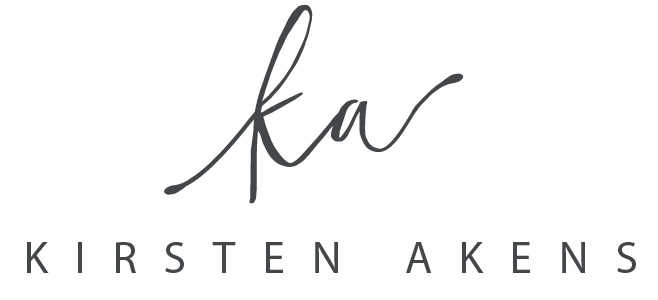Sleep.
I've been thinking about the topic a lot over the past few weeks. First, because I'm in the middle of completing my Relax and Renew® (aka restorative yoga) certification with Judith Hanson Lasater and so all things relaxation are at the top of my mind.
Second, because I've been sick and spending a lot of time in bed. At times, falling into fitful, cough-interrupted dream states. At other times, staring at the wall, trying to figure out how another cobweb has formed since I dusted a few days ago, or why the paint seems to be less green above the dresser than it is to the right of the dresser. (Oh, the things we contemplate at 2 a.m.)
As I'm sure many of you have, I've done lots of reading on the topic — from investing in better mattresses and pillows and room-darkening curtains, to setting a "buffer time" between getting off the computer and resting my head on the pillow, to sleeping in 90-minute chunks based on brain cycle research.
All of these things can, and do help, but more recently I've been focusing on a process of physically letting go.
Let me explain.
In restorative yoga, we use lots of props — blankets, bolsters, bricks, eye pillows, etc. — to help the muscles in the body release. But we're not just looking to set the body upon the props and say "Presto! Relaxo!" Ideally, we have the time and space to shift and adjust and alter the props in order to get the student from saying, "Yeah, that's not bad," to "Oh, that feels pretty good," to "Ah."
The sigh of complete relaxation is the indicator that they've let go. The lack of desire to talk about it, or anything, anymore, speaks volumes. We help them find the "maximum ah" and then leave them alone.
After watching student after student get to this place, I've realized I want the same when I get into bed each night. No, I don't bring bolsters and bricks to bed with me, but many of the same concepts work.
Tonight when you get into bed, try these steps to find your "maximum ah" spot.
- Place your body in your favorite sleeping position, with your head on your pillow, if you use one. Get your blankets arranged just so.
- Now, close your eyes and scan your body. Do you feel as if you're "hovering" atop the mattress, versus sinking into the mattress? If so, take a deep breath in through your nose, and as you exhale through your mouth, feel your body drop down. Visualize the mattress holding you, as if it were a soft cup and you were warm water molding into its curves.
- Do the inhale/exhale process three times. Each time, extend your exhale. On breath two, release your shoulders down. On breath three, release your back and drop your tailbone. You may need to do this cycle a few times to really understand how much letting go is necessary for your system.
- Scan your body again. Does every part of you feel supported physically? Are you at "maximum ah" yet? If so, sleep well and text me in the morning to let me know how it went!
- If you don't feel "maximum ah," start scanning from the top of your head and work your way down. Does your neck feel supported? If no, scrunch up an edge of your pillow or your blanket and tuck it wherever you feel open space. Breathe into this new support. How do you feel now? If it's still lacking something, keep scrunching and shifting until you strike the balance you want.
- Are your wrists supported? I find that I tend to hang at least one arm at a weird angle when I go to sleep, which leaves my wrist propped awkwardly and really cranky in the morning. I've started stuffing some blanket under that wrist to ensure it feels held. (I also tuck the hand under a blanket because if our feet and hands are cold, it's harder to feel comfortable.)
- If you're a side sleeper, having a hefty pillow (or a warm dog) behind your back can give you an extra feeling of being contained and safe. Sometimes a pillow between the legs allows the knees to not rub on one another, which means the top leg can drop down farther into its own container of support.
- Check out your feet. Some people like feeling free to move them beneath the blankets; others (like myself) like to have heavy blankets tucked around the toes and ankles, keeping out any potential for cold air. Figure out what works best for you.
Remember you're seeking "maximum ah." That place where every inch of your body feels fully supported and, therefore, able to fully relax. Do what you need to do with what you have to get there.
Add in a splash of quiet and a dash of dark, let go and you'll feel the results ... in the morning.

